For most people, their only knowledge of the guillotine extends to textbooks or movies that portray the late 1700s. This traditional French execution tool was essentially a beheading device. While it’s best known for use in France, guillotine executions were not exclusive to France.
Thankfully, the use of this archaic machine has been over for the last 50 years. While many countries viewed it as a primary form of capital punishment, those days are long gone. With this in mind, let’s look at the countries that most recently used these devices to punish criminals.
Guillotine History
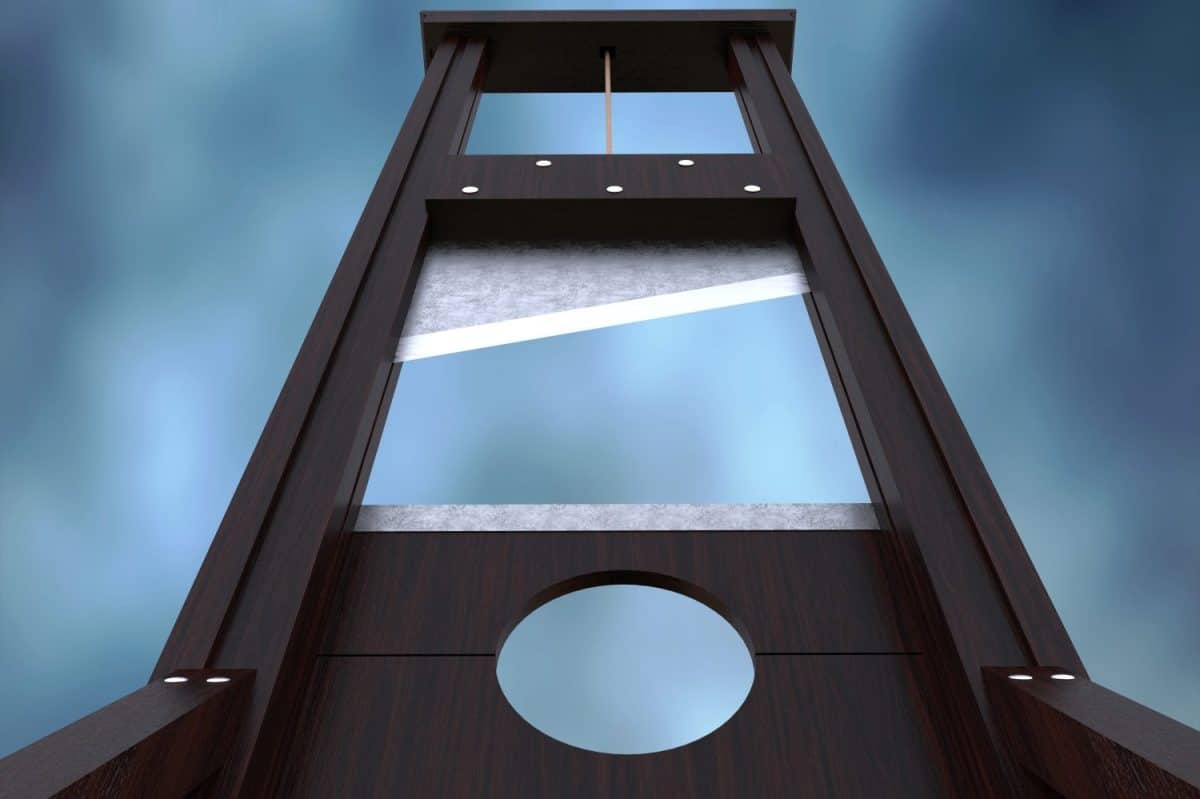
©Emmily/Shutterstock.com
According to historians and personal accounts, the history of the guillotine extends hundreds of years. There are reports of similar-looking devices existing as far back as 1210. An illustration resembling a guillotine dating back to 1532 has even been discovered.
A similar illustration was found from 1577 which suggested an execution machine was used in Ireland. “The Maiden,” yet another guillotine-like device was even used in Scotland from 1565 to 1710 and included the beheading of the 4th Earl of Morton, James Douglas.
Joseph-Ignace Guillotin

©Philippe Dessante / https://creativecommons.org/licenses/by-sa/3.0/deed.en – Original / License
The namesake of the guillotine was French physician and Freemason Joseph-Ignace Guillotin. Guillotin proposed a beheading machine in October 1789 as a more humane way to die. Guilliton was against the death penalty but suggested that if it was going to remain, a less painful method should be invented.
Guillotine Invention
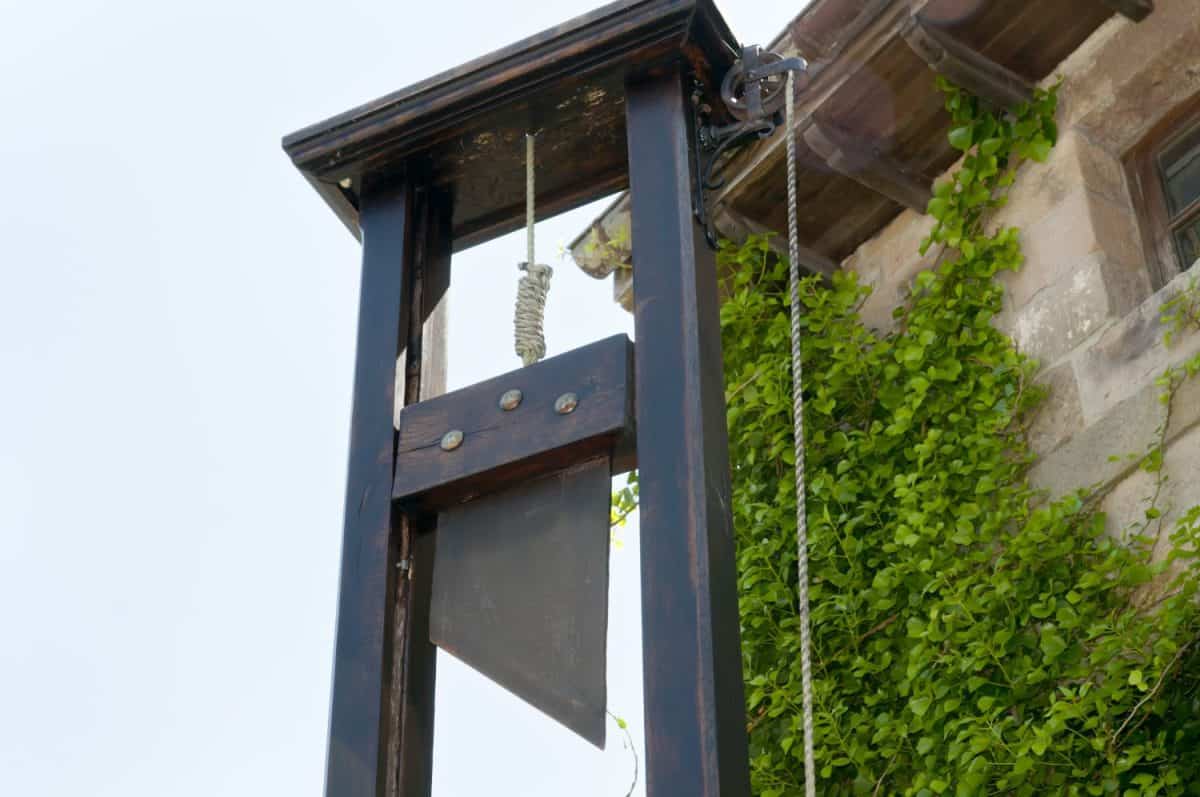
©Adwo/Shutterstock.com
While Guillotin has his name associated with the unit, he wasn’t the inventor. The actual inventors were French surgeon and physiologist Antoine Louis along with German engineer Tobias Schmidt, who built the prototype. According to reports, when he was shown the invention, French King Louis XVI suggested an angled blade instead of the curved blade prototype.
France Begins Use

©Zhitnikov Vadim/Shutterstock.com
With the king’s approval, other death penalty methods were banned in France. The guillotine was now the primary punishment method for all crimes in the country. As such, the first person to be subject to beheading was Louis Collenot d’Angremont. A royalist, he was executed for his belief in the monarchy.
Reign of Terror

©Zoltan Tarlacz/Shutterstock.com
France’s “Reign of Terror” began during the French Revolution against the monarchy, which was the high point of the guillotine’s use. Between June 1793 and July 1794, over 17,000 people were executed using this method.
Most notable is that both King Louis XVI and Queen Maire Antoinette were executed in 1793. Other French revolutionary leaders executed included Maximilien Robespierre.
Guillotine Operators

©LBM1948 / Creative Commons Attribution-Share Alike 4.0 International license – Original / License
With the popularity of the guillotine as an execution method in France, its operators were national heroes. The Sanson family was well-known in France for serving as the state’s primary guillotine operators between 1792 and 1847. The Sanson family even dropped the blade on both King Louis XVI and Marie Antoinette.
In the 19th and 20th centuries, the role fell to Louis and Anatole Deibler. This father and son pair were considered the “chief headsman” from 1879 until 1939. The clothing the Deiblers wore even inspired national fashions thanks to their popularity.
France Ends Guillotine Use

©Jack1956 / Creative Commons CC0 1.0 Universal Public Domain Dedication – Original / License
For 189 years, the guillotine was France’s most popular execution method. However, it all came down in the late 20th century when convicted murderer Hamida Djandoubi was the last person to suffer the death penalty. After Hamida’s death, the “National Razor” or how the French referred to the guillotine was ended and the death penalty was abolished.
Germany
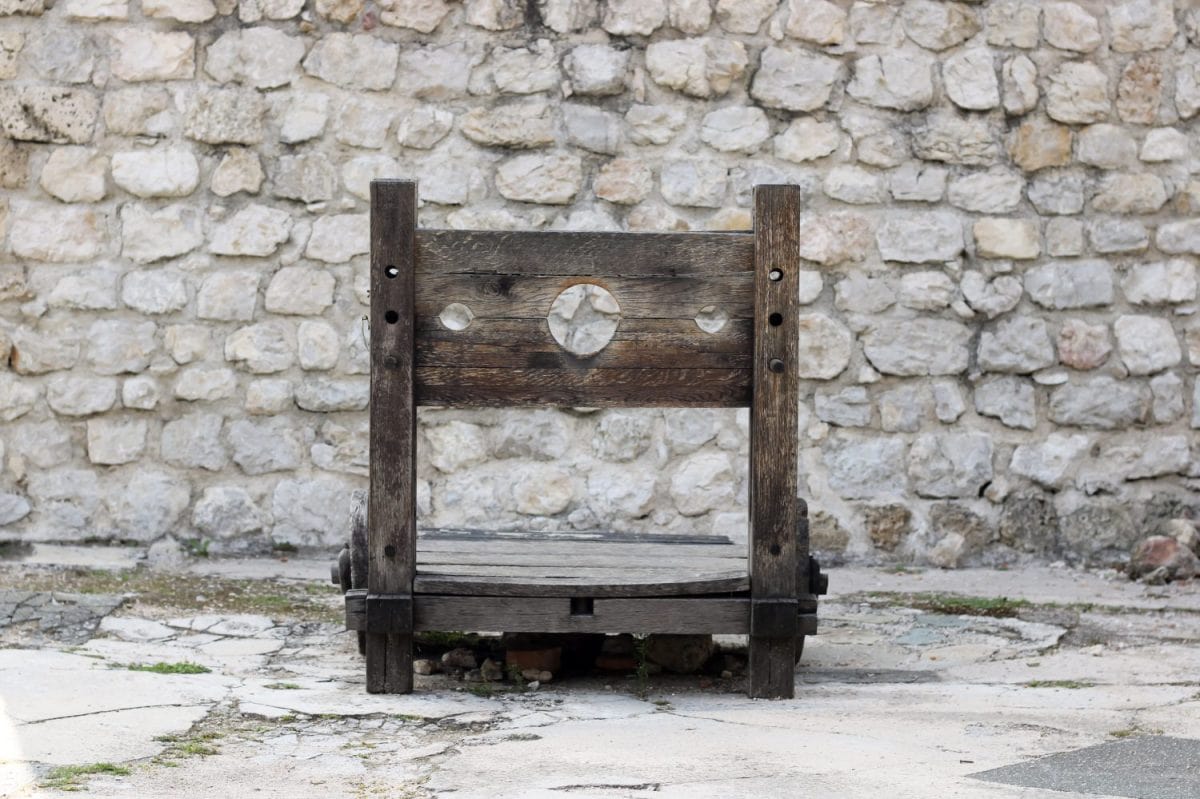
©Azer Begic/Shutterstock.com
Known as the “falling axe” in Germany, the guillotine was used on and off beginning in the 19th century through WW2. The guillotine was one of two legal execution methods in Germany between 1871 and 1918 and from 1919 to 1933. It is believed that original German guillotines were similar to models used in France starting in 1872. However, Germany built their machines out of metal instead of wood.
Germany and WWII

©pirtuss/Shutterstock.com
During World War 2, Nazi Germany used the guillotine to execute over 16,500 prisoners. Over 10,000 were executed between 1944 and 1945 alone. The last use of this machine was in East Germany following the 1966 execution of Horst Fischer, who was a member of the SS during WW2 and committed numerous war crimes.
Antwerp Belgium

©Mball93 / Creative Commons Attribution-Share Alike 4.0 International license – Original / License
While the guillotine mostly focused on France, other countries also used it as an execution method. This includes Belgium which had its last execution on May 8, 1856, with the death of Francis Kol. Kol had been convicted of both robbery and murder.
The Netherlands
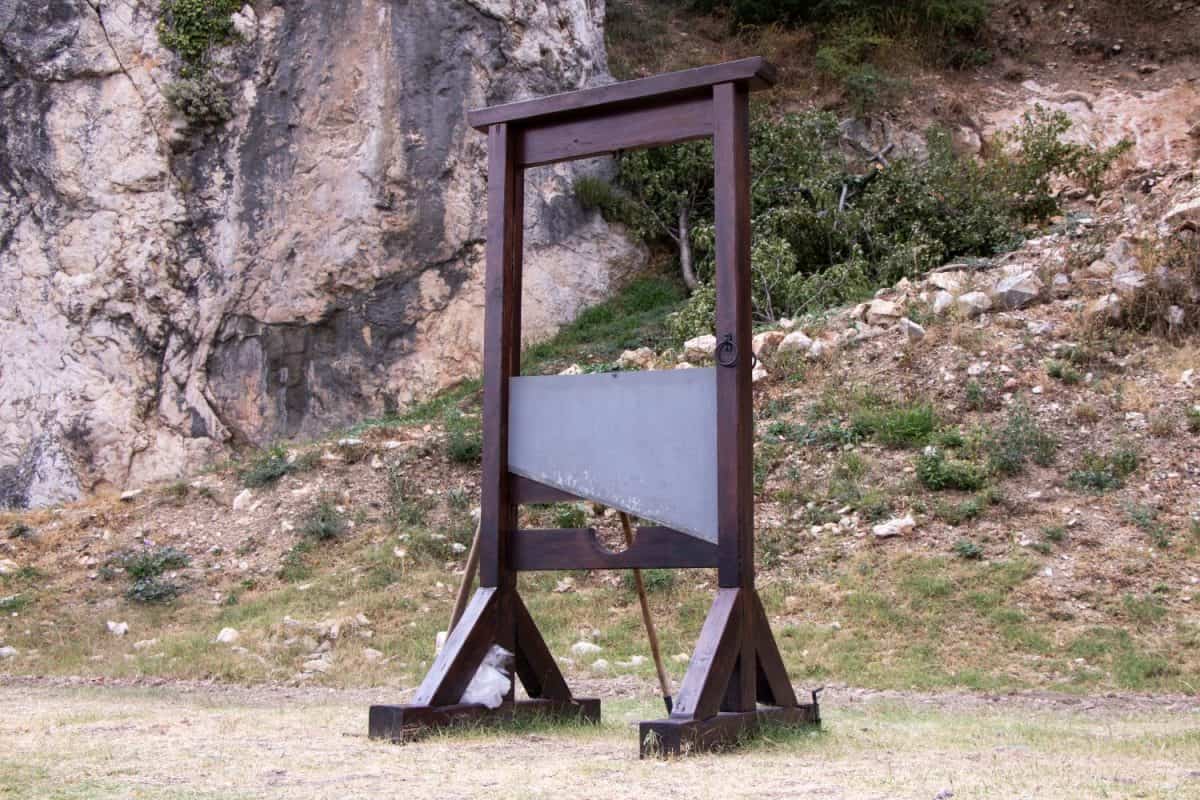
©PhotoSM/Shutterstock.com
The first beheading in the Netherlands took place on July 27, 1811. Fortunately, the guillotine was only used a few times as the Netherlands was integrating into the French Empire beginning in 1810. The Netherlands Constitution now forbids the death penalty.
Switzerland
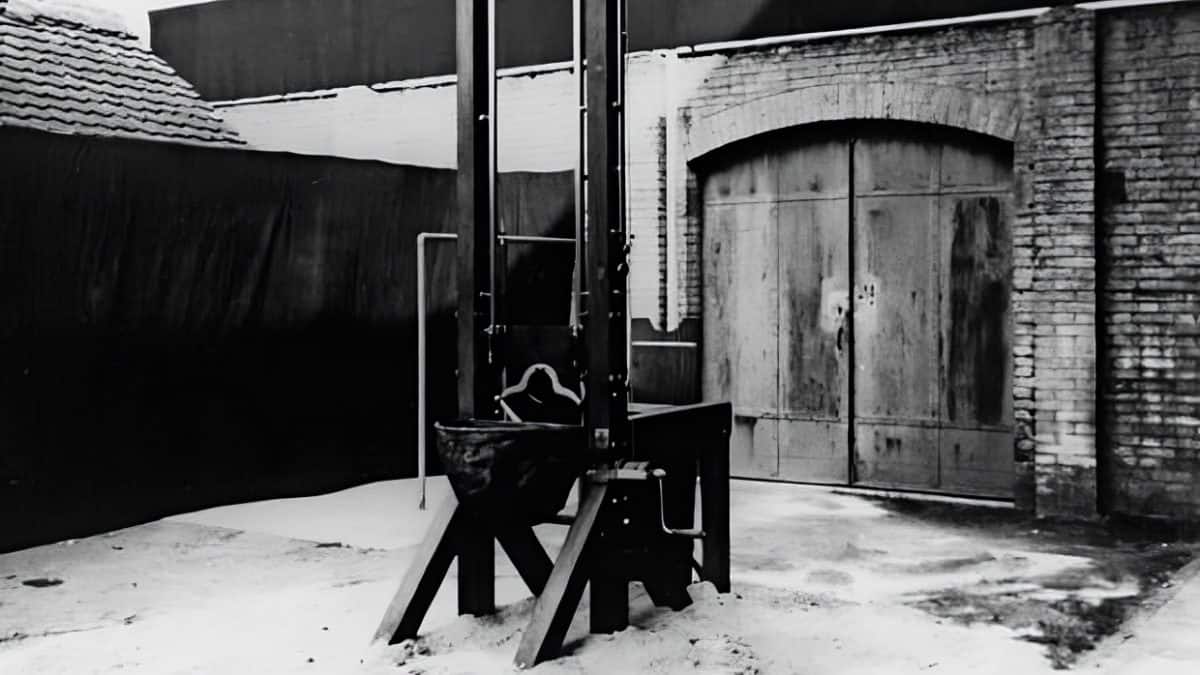
©Kanton Zug / Public Domain – Original / License
One of the countries that used the guillotine in the 20th century, Switzerland’s last execution was in 1940. Hans Vollenwieder was a convicted bank robber who also murdered multiple people while trying to escape police. Vollenweider’s execution remains controversial as his death in 1942 came two years before the death penalty was abolished in Switzerland.
Sweden
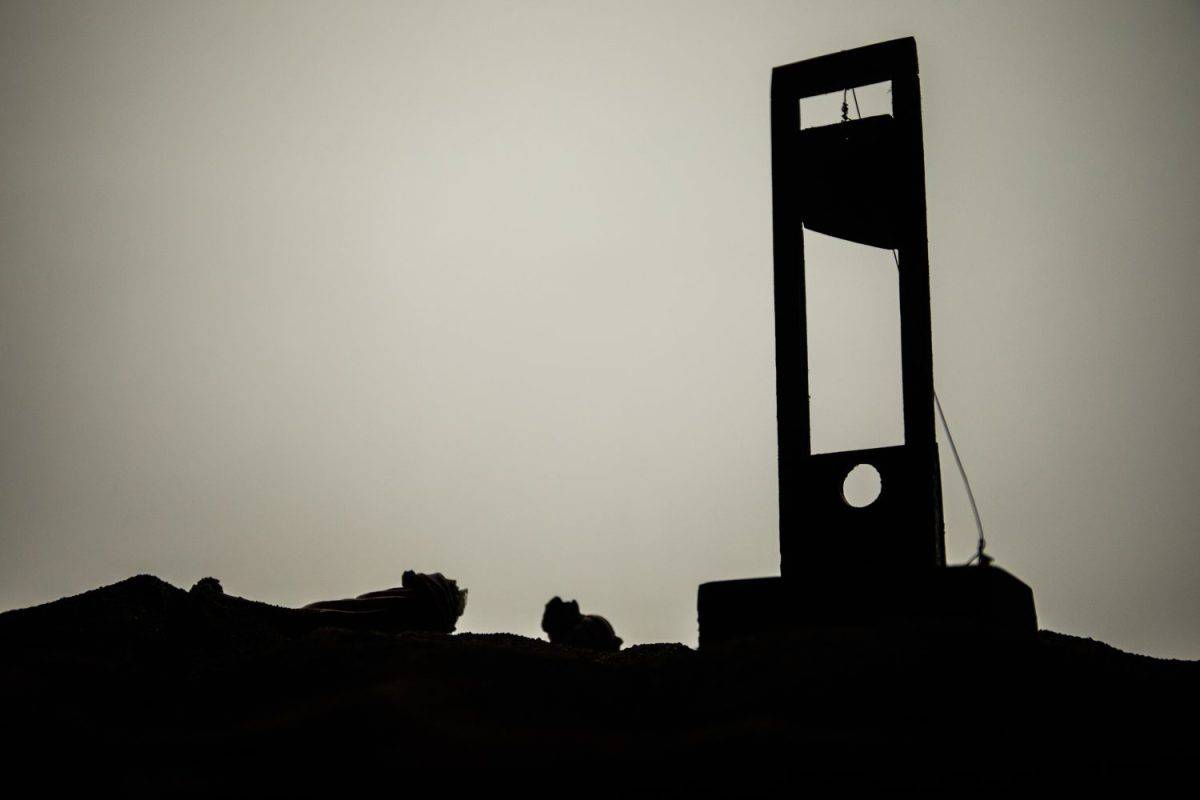
©zef art/Shutterstock.com
Beginning in 1866, beheading was Sweden’s mandatory execution method. The guillotine took the place of manual beheadings in 1903 but was only used once. Convicted murderer Alfred Ander was the last person to be executed in Sweden before the death penalty was abolished.
South Vietnam

©Adam63 / Creative Commons Attribution-Share Alike 3.0 Unported license – Original / License
With the enactment of the 10/59 decree in 1959, military courts spread throughout the Vietnamese countryside. This decree authorized local military tribunals to impose the death penalty on anyone suspected of terrorist actions.
To keep local populations in line, the courts used the guillotine to carry out immediate death sentences. One of the machines used remains on display in a museum in Ho Chi Minh City.
United States
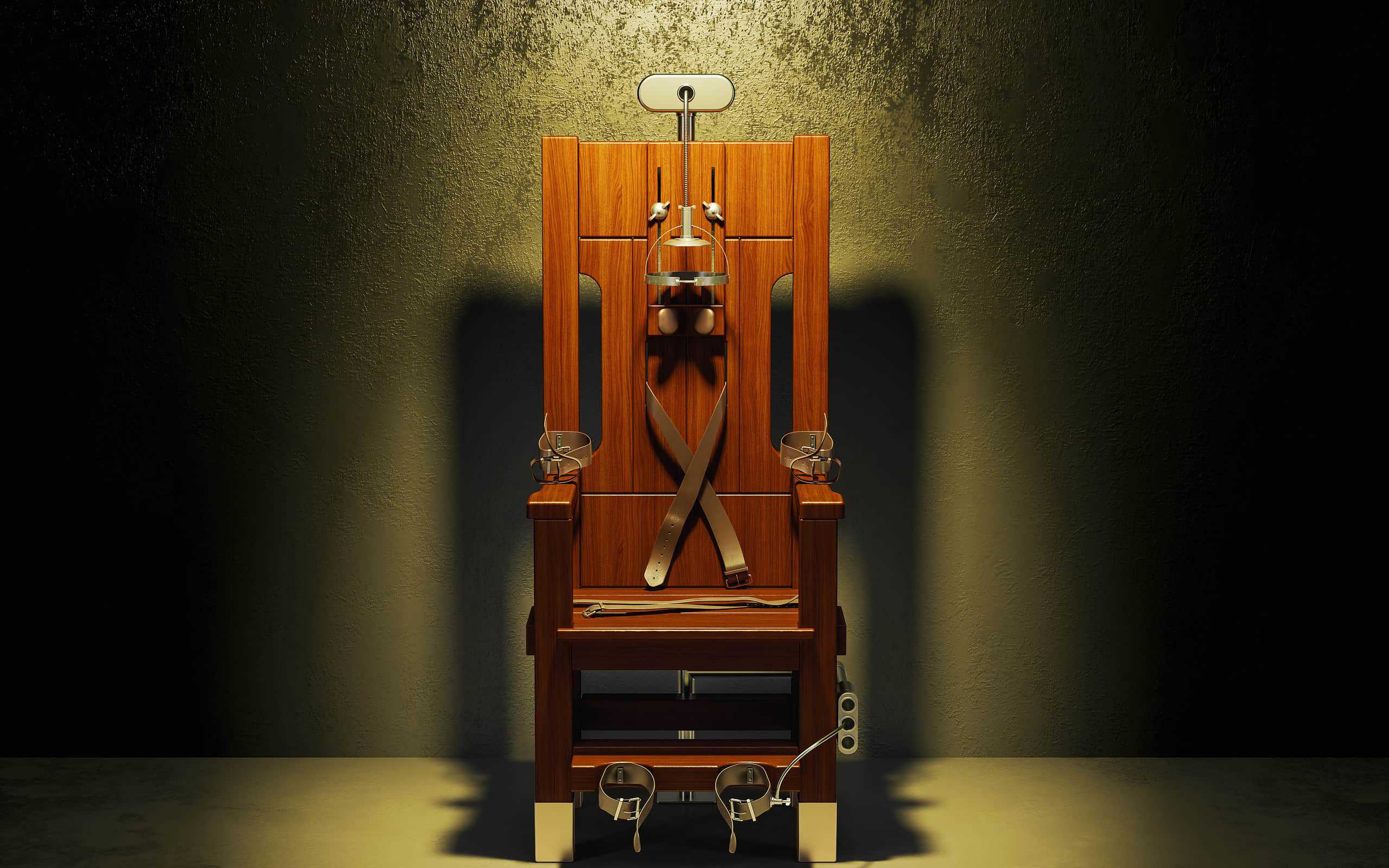
Throughout North America, the use of the guillotine as an execution method never took off. There are no recorded executions taking place in the U.S., Canada, or Mexico using the guillotine. While 27 states in the U.S. still have the death penalty, most do so through lethal injection or the electric chair.